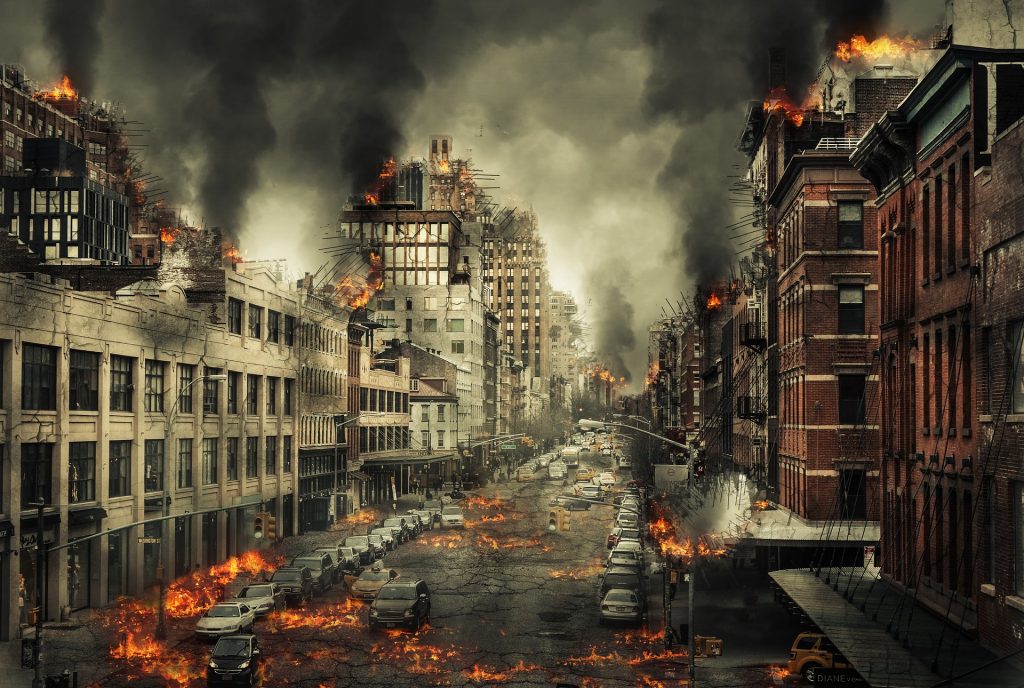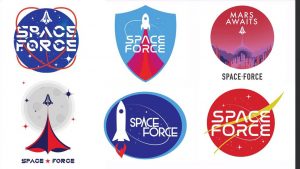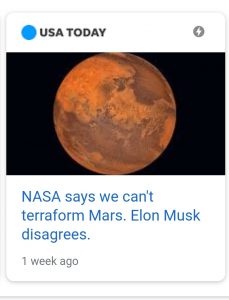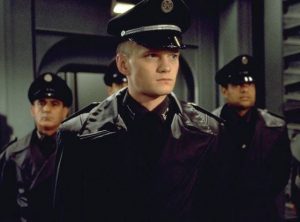Which Dystopia Are We In?!

In what shouldn’t be news to anybody, it’s 2018. This feels like the sort of impossible sci-fi date that used to crop up in movies and comic books. We should all be giving orders to our robot butlers to wax our hover-cars before our weekend trip to Mars. Instead, we’ve ended up with antibiotic resistant STDs and a growing Flat Earth movement. Something has gone badly wrong.
If we are indeed living in some sort of horrible, dystopian future, it’s worth trying to figure out exactly which one we’ve landed in. Here are some thoughts on the contenders.
Alien(s).
In 1979’s “Alien,” a group of interstellar long-haul truckers are woken from stasis by a garbled alien transmission. Upon investigating the signal, they stumble on a lethal alien parasite which begins slaughtering the crew. It eventually transpires that their space ship’s parent company had deliberately sent them towards the signal to see if the parasite could be studied and used to turn a profit, regardless of danger to the crew (spoilers for a film that came out during the Carter administration.)
In the 1986 sequel, Sigourney Weaver’s lone survivor returns to the planet where the alien was found (which has since been made habitable through terraforming) accompanied by a group of “Colonial Marines,” who are, y’know, some sort of sixth branch of the U.S. military that deals with combat in space…
…It then transpires that the corporate sponsors of the mission were, yet again, trying to obtain a sample of the alien to use as a biological weapon, which would be highly valuable.
So, to recap: Giant corporations control everything, there’s a Space Force, human life is expendable in the name of profit and big companies have begun terrforming other planets.
This all feels pretty accurate so far.
On the Other Hand…
One of the best arguments against an “Alien” scenario cropping up is that, for things like long-haul space flight, human beings wouldn’t be needed. We already have self-driving cars, self-flying spaceships should be, if anything, even easier as they wouldn’t have to worry about collision detection, lane discipline or stop lights in the vastness of space. If anything, a franchise which often laments how humans are disposeable to big corporations never figured on just how disposeable human beings would be in the future.
Starship Troopers.
The 1997 popcorn shoot-’em-up “Starship Troopers” doesn’t seem like anything we’re currently suffering through.
The plot sees the human race engaged in war against outer space arachnids, with Casper van Dien and friends signing up to shoot space bugs in a faraway galaxy. This seems pretty shallow, but that’s sort of the point. An even slightly closer look at the movie reveals some disturbingly familiar elements. The society of Starship Troopers is rigid, militaristic, clean cut and preppy with a taut adherence to the rule of law and a strict social order. One character mentions that she only joined the Space Force because she wanted to earn official citizenship so she could have a license to get pregnant and start a family. Oh, and Neil Patrick Harris spends the movie dressed like this:
Yeah, director and satirist Paul Verhoven had gone full Nazi on the future of the world, in homage to the fascistic source novel. Take a quick look at the cast and then take a look at this jumped up, hair-gelled little shit photographed at the Charlottesville rally:
You can’t tell me that this isn’t a future we’re believably on course for.
On the Other Hand…
We’re not currently at war with giant space bugs and probably never will be, so, y’know. That’s a win. More depressingly, the future world of Starship Troopers seems to be way more cheerful on a person-to-person level than anything these days is pointing towards.
Mad Max.
The go-to movie for End Times aesthetic for the last 30 years has been George Miller’s 1981 movie “Mad Max 2: The Road Warrior.” Mel Gibson plays a taciturn former cop, struggling to survive in a nuclear-blasted wasteland where the only curency of value is gasoline. Human beings now live in heavily armed, gated communities, travel in enormous, gas-guzzling death machines and social order has entirely broken down. Also, everyone has gotten seriously into leather.
On the Other Hand…
An interesting side-effect of climate change is that warmer temperatures mean more moisture evaporates and rains are getting worse as a result. If we take nuclear conflict off the table and assume the more-likely scenario of climate change causing the apocalypse, the post-apocalyptic landscape will be a lot rainer than the Road Warrior’s scorched desert. Also, gasoline has a shelf-life of about eighteen months, implying that Mad Max 2 takes place about a year after a nuclear war. This would mean there are millions of people who are just itching for the bomb to drop so that they can break out their fetish gear and melee weapons.
Spaceballs.
Mel Brooks’ 1987 Star Wars spoof sees Bill Pullman as a Han Solo style space rogue, in conflict with the titular Spaceballs, led by Brooks’ President Skroob.
President Skroob presides over a dying world which is running out of breathable air. He is, of course, lying to the people about this while buying in good air for himself and his cronies. He is also crooked, lascvious and the kind of idiot who uses “1-2-3-4-5” as his security code. His plan to save his people is to steal all the air from other planets because his thinking is childishly simplistic.
On the Other Hand…
Air quality is declining due to pollution in many places, but we’re not literally running out of air like Planet Spaceball. Although Trump is stupid enough that his thoughts on California wildfires were “we should try putting water on it!”, so he would absolutely be dumb enough to attempt stealing other planets’ air. Then again, President Skroob knew there was a problem and worked to save his own ass from it. Trump doesn’t seem to believe in climate change. So he’s officially stupider than a Mel Brooks character.
The Matrix.
Keanu Reeves is perfectly cast as a man who isn’t quite sure what’s going on, as he is woken from the titular Matrix to find that the world ended years ago and all of reality is a computer simulation. A few people are unplugged from this digital dream-state and attempt to fight back against the artificial intelligences which keep us plugged in to the illusion for their own nefarious ends.
Recently, it has felt like the world is increasingly surreal. When Steven Seagal was made a Russian envoy recently, a friend said to me “It’s like the Matrix is trying to let us know we’re in it…”
On the Other Hand…
This is pretty shoddy work from whoever is running the simulation. It’s like whoever was running the “Earth” program got bored and is just screwing off now, seeing what happens if increasingly unlikely events are foisted on the population. Maybe whoever is in charge of the simulation has gone for a bathroom break and the teenagers left running the whole thing think it’s funny to give us a reality TV star president and the like.
So Where Are We?
The surprisingly answer seems to be that we’re living in every future dystopia at once. We’ve got gasoline as the most important currency and enormous, muderous vehicles and the gradual breakdown of society from Mad Max, a younger generation comprised of preppy, fascist slimeballs from Starship Troopers, megacorporations that terraform planets and mortgage our lives for profit like Alien, all presided over by the idiot president from Spaceballs and all of it, potentially, a simulation in the first place.
Glad we got that cleared up…




